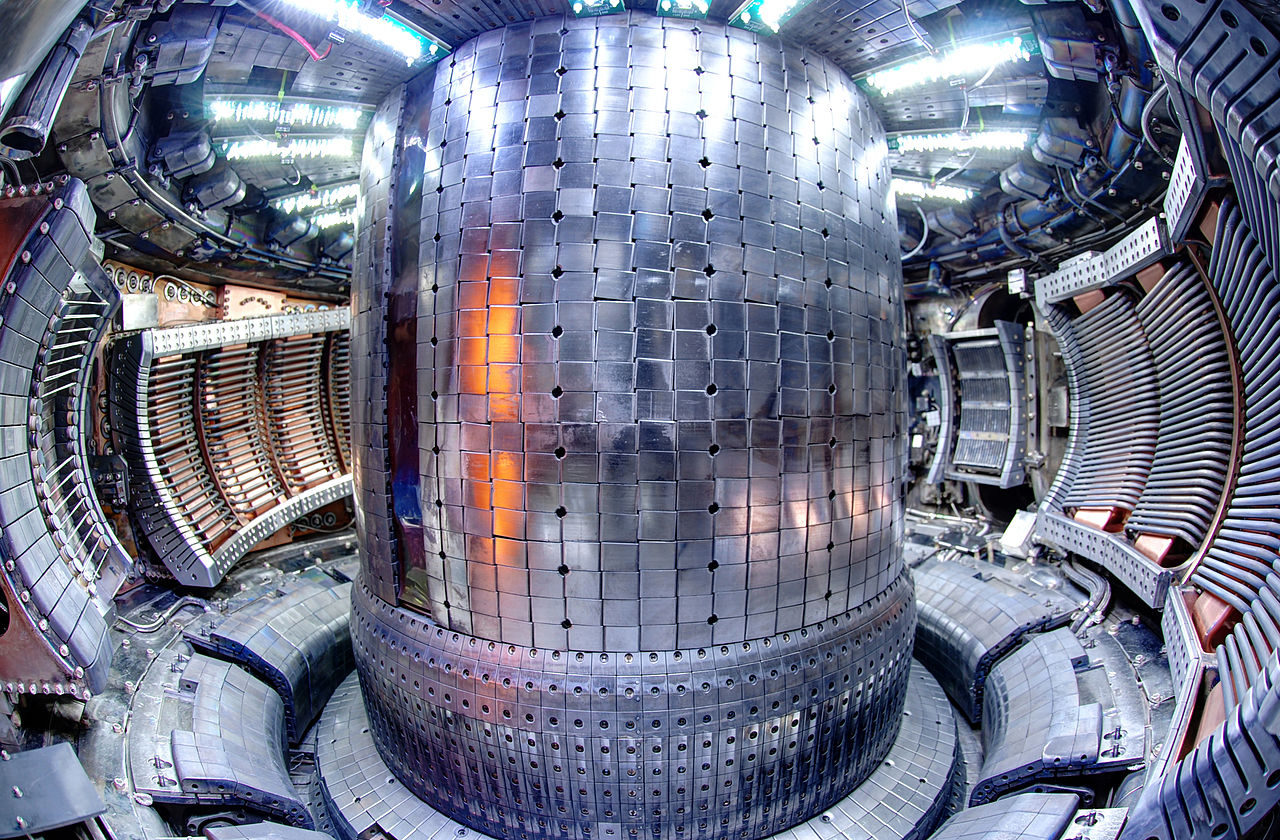U.S. Ups Funding For Fusion

Written by Tim Lash, Focus Fusion Society Contributor.
Late last week the final 2018 budget was passed by the United States Congress. While delayed six months, this budget contains significant increases for programs backed by the U.S. Department of Energy (DOE). DOE’s basic research wing, the Office of Science, gets a 16% boost, to $6.26 billion, in a 2018 omnibus spending bill passed by Congress last week. In contrast, last May President Donald Trump’s administration had proposed a 17% cut. The Office of Science oversees six programs, and fusion energy sciences saw one of the largest increases.
Fusion research funding will increase 24% to $410 million. This compares to $331 million distributed to fusion programs under the 2017 budget. It’s not clear why appropriators boosted the Office of Science so significantly. For instance the National Science Foundation and the National Institute of Standards and Technology only received 4% increases. Much of the increased spending goes to construction of new facilities, and DOE may have benefited because it has several shovel-ready projects.
Other programs benefiting from this unexpected increase include supercomputing efforts. The computing budget would soar 25%, to $605 million. The biological and environmental research program, which funds work on, among other things, biofuels and climate simulation, would receive a 10% boost to $673 million. High energy physics would rise by 5%, to $768 million. However, basic energy sciences, by far the biggest program, would grow by only 3.8%, to $1.745 billion.
Many will welcome these increases in federal money for scientific research. $410 million for fusion research only goes so far. This amount represents one hundredth of one percent of the $4.1 trillion dollar federal budget. Hopefully this increase will set a trend for future increases under Secretary of Energy Rick Perry.